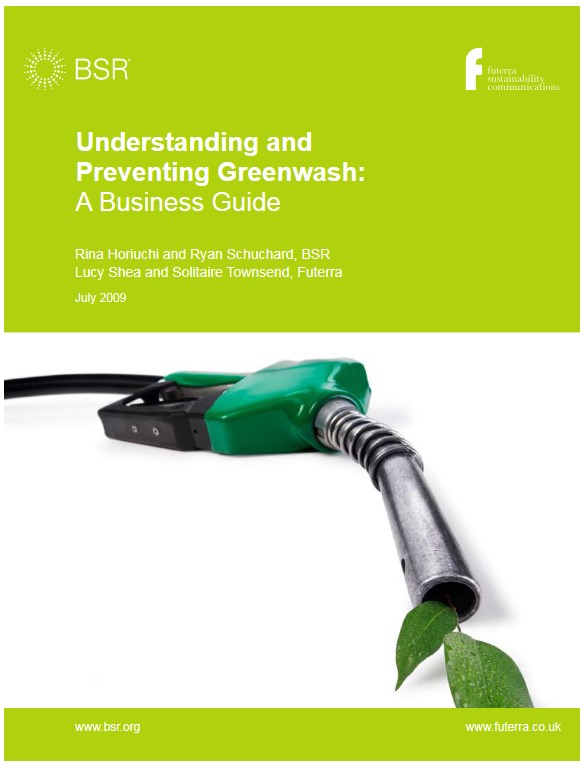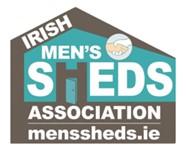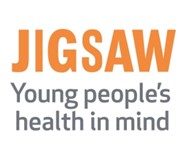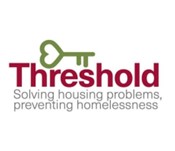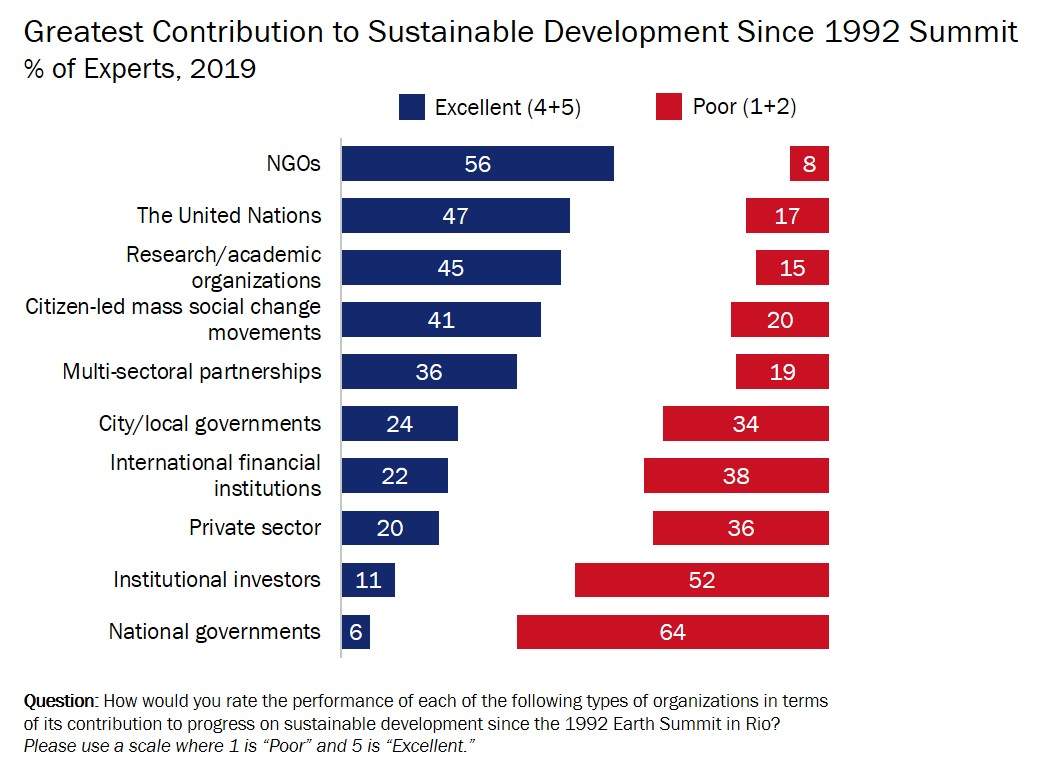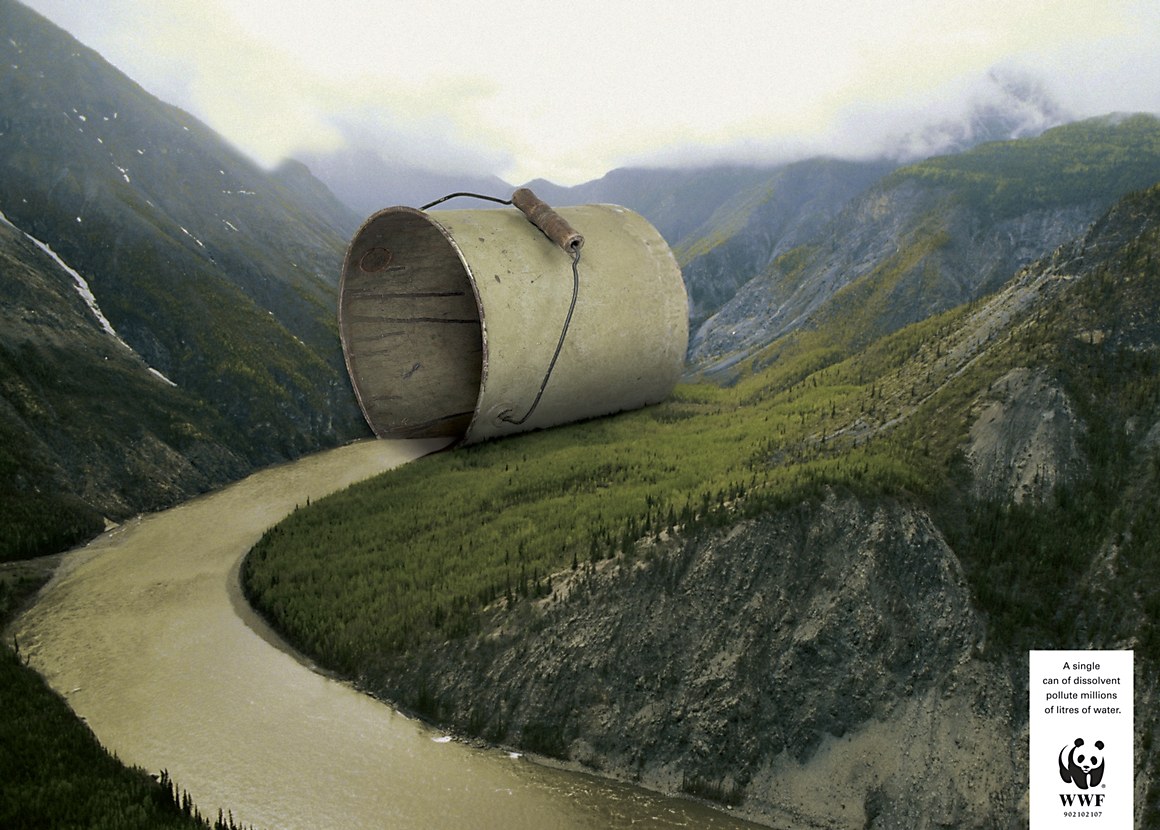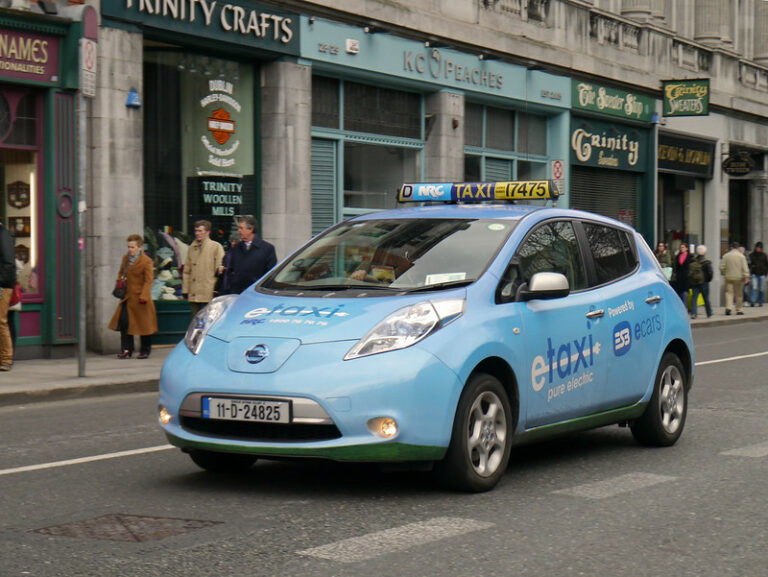TheGreenwashingseries
Deniers, Delayers and Regulators, Oh My! Who’s involved in greenwashing?
This guidebook has been developed to support teachers and students in learning about greenwashing as a barrier to sustainable development.
- May 4, 2023
- by Rachel Elizabeth Kendrick
Rachel Elizabeth Kendrick is an Education Consultant, Educator and Vice-Chairman of the Politics and Society Teachers Association of Ireland (PASTAI).
The three parts of this series are:
- Part 1: A Teachers’ Guide to Greenwashing
- Part 2: Deniers, Delayers and Regulators, Oh My!
- Part 3: Slow to Change, Quick to Greenwashing: case studies on fast fashion and the European Initiative to Ban Fossil Fuels
The guidebook is recommended to teachers of the following post primary subjects:
- Politics and Society (LC)
- Geography (LC)
- Business Studies (JC)
- C.S.P.E / Civic Social and Political Education (JC)
- Home Economics (JC)
Who is responsible and to blame for practices that can only be called greenwashing? What bodies actively identify and regulate greenwashing?
To find the answers to the questions above and to begin to unpack the complex issue of greenwashing, continue reading the information outlined in this document.
More specifically, part two sets out to:
- Explore the roles and impact of the five core bodies, groups and actors involved in using, identifying and stopping greenwashing practices.
- Provide an overview of a method to approach teaching and learning for sustainable development, particularly concerning greenwashing, within the politics and society classroom.
- Explore how greenwashing works.
- Include ready-made sample examination paper questions and sample marking schemes.
For more, check out the first part of the series which supports teachers and students in learning about greenwashing as a barrier to sustainable development. It begins by defining the term ‘sustainable development’ and introduces the ‘Mother of Sustainability’: Gro Harlem Brundtland.
Online workshop
A workshop based on the Greenwashing guidebook was led by Rachel Elizabeth Kendrick on the 11th of May 2023 from 4-5pm.
Contents
Teaching and Learning Methods
Rationale:
One approach to teaching and learning for sustainable development is to start by first analysing the role each of the five bodies (below) play in engaging, preventing and stopping greenwashing practices.
More specifically, the rest of this part of the guidebook outlines a fundamental analysis of the roles that each of the five core bodies play in generating environmental impact and promoting and hindering sustainable development and contains 7 short sample examination paper questions and 6 mini-database questions throughout.
The five bodies are:
- International Regulations and Agreements – such as the the work of the UN Environmental Programme (UNEP) and The Paris Agreement
- The Corporate Sector
- Civic Society Groups – including Trade Unions and Non-governmental Organisations
- Individual and Local Community Efforts
- Government(s)
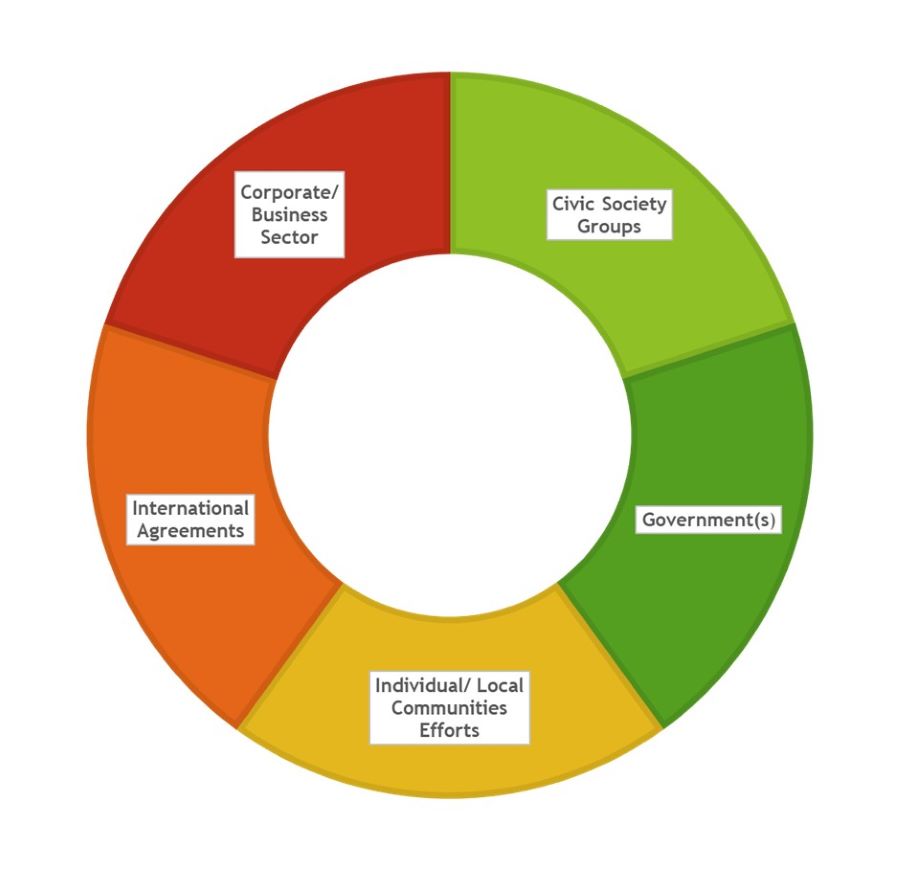
International Regulations and Agreements
Several international regulations and agreements are in place to address greenwashing and promote sustainability, such as The European Union’s Ecolabel and The Paris Agreement.
Additionally, the European Commission has introduced legislative measures to help promote sustainable consumption and production patterns and reduce the negative environmental impact of economic activities.
Legislative Measures: EU Commission
There is a set of legislative measures put forward by the European Commission to drive sustainable economic growth and achieve climate neutrality in the European Union by 2050. These cover three areas of regulation:
(1) Establishing a common language for sustainable activities.
(2) Classifying these activities.
(3) Increasing transparency through benchmarking and voluntary disclosure.
EU legislation #1: The Taxonomy Regulation
- The European Commission created the Taxonomy Regulation to further sustainable finances and ESG integration by providing a guideline on whether and to what extent an economic activity can be considered sustainable.
- The Taxonomy Regulation aims to establish a common language for sustainable activities by providing guidance on which sustainable finance activities can be considered environmentally sustainable.
- This classification system is to reduce fragmentation arising from market-based initiatives and address greenwashing practices to allow investors to compare ESG products better.
- Lastly, the Sustainable Finance Disclosure Regulation and Voluntary Carbon Disclosure Regulations aim to promote transparency and sustainability in financial activities and combat greenwashing practices.
EU legislation #2: Low Carbon Benchmark Regulations
A&L Goodbody outlines how the Low Carbon Regulations is a regulatory framework that lays down minimum requirements for two recent EU benchmark labels (See image below).
The Low Carbon Regulations aims to:
- Improve the transparency of a company’s actions and compatibility between corporate behaviour and government obligations,
- Reallocate capital towards climate-friendly investments and to prevent businesses from advertising misleading claims to reduce carbon emissions.
- Prevent companies from making false claims about reducing carbon emissions.

EU legislation #3: LCMR: Measures to Prevent Greenwashing
- One way the regulations help prevent greenwashing is by ‘increasing transparency and uniformity in low-carbon indices’: The Low Carbon Benchmark regulation aims to increase transparency and uniformity in low-carbon indices, which have different goals and can lead to concerns about ‘green-washing’.
- While some low-carbon indices are fully aligned with the Paris Agreement’s climate change goals, others aim to simply reduce carbon footprint. The Low Carbon Benchmark regulation is aligned with the Paris Agreement’s objectives and aims to provide a framework for reporting on carbon emissions and sustainability efforts.
- A second specific measure the regulation introduces to increase transparency towards sustainability is independent third-party verification. The regulation requires companies to have their sustainability data verified by an independent third-party auditor which reduces the likelihood of companies making false or misleading claims. Thus, preventing greenwashing: the practice of making false or misleading claims about the environmental benefits of a product or service.
Other examples of international regulations and agreements that prevent greenwashing include:
- The United Nations Framework Convention on Climate Change (UNFCCC),
- The Paris Agreement
- International Organisation for Standardisation 14001 and The Greenhouse Gas Protocol.
Sample Examination Paper Questions | Section A: Short Answer
Question 1(a) | (5 marks)
Explain how the Low Carbon Benchmark Regulations help prevent greenwashing and give an overview of a specific measures the regulation introduces to increase transparency towards sustainability.
| Answer |
|---|
Marking Scheme
Explanation: Fair 1m / Good 3m / Very good 5 m
Award marks for:
- Introducing the aim of the Low Carbon Benchmark Regulations
- Explaining how the Low Carbon Benchmark Regulations help prevent greenwashing
- Ability to identify specific measures the benchmark regulation introduces to prevent greenwashing
- Ability to provide an overview of specific measures the regulation introduces to increase transparency towards sustainability.
Question 1(b) | (5 marks)
Discuss an example of an international regulation or agreement that can prevent and stop greenwashing practices.
| Answer |
|---|
Marking Scheme
Explanation: Fair 1m / Good 3m / Very good 5 m
Award marks for:
- Identifying the Low Carbon Benchmark Regulations
- Introducing the aim of the Low Carbon Benchmark Regulations
- Explaining how the Low Carbon Benchmark Regulations help prevent greenwashing
- Ability to identify specific measures the benchmark regulation introduces to prevent greenwashing
- Ability to provide an overview of specific measures the regulation introduces to increase transparency towards sustainability.
The Corporate Sector
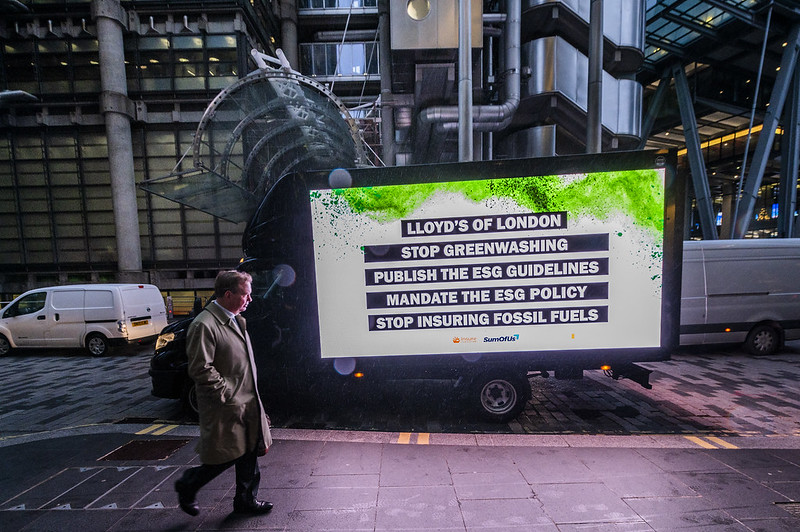
Types of Greenwashing
The pivotal role of the corporate sector in promoting sustainable development and thwarting greenwashing practices cannot be overstated. It is crucial to note how corporations are often guilty of engaging in both intentional and unintentional forms of greenwashing.
Key document
‘Understanding and Preventing Greenwash‘ is a business guide which shows how voluntary disclosure and regulations might be problematic. Companies have a significant stake in how they engage in greenwashing; hence, they have created a manual on how to behave and communicate more effectively to avoid risk. Therefore, this business guide can be considered a manual for engaging in greenwashing practices ‘successfully’.
Cautionary Note:
- It is up to the reader whether they use greenwashing for responsible or illicit use to cover up exploited work.
- Like most tools, individuals/groups can use sustainable development tools, such as this anti-green-washing business guide, for morally upright or unethical purposes.
Types of Greenwash ‘Matrix’
The graph to the right outlines the different types of greenwash. The image contains four quadrants:
- Misguided greenwash
- Effective Environmental Communications (Not Greenwashing)
- Greenwash Noise
- Unsubstantiated
Source: Understanding and Preventing Greenwash: A Business Guide by BSR and Futerra Sustainability Communications (2009)
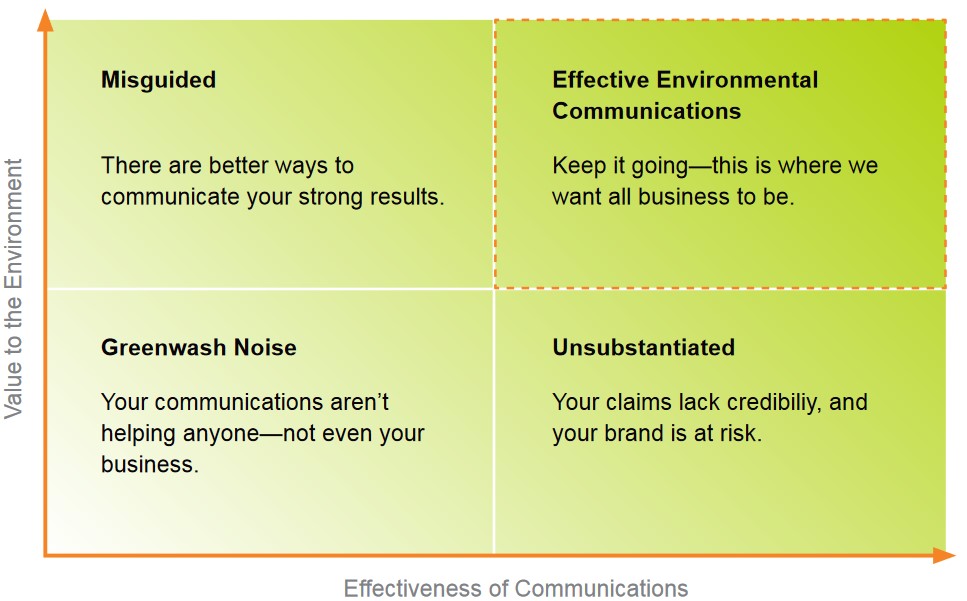
| Quadrant | Key Message | Description |
|---|---|---|
|
Quadrant A Misguided Greenwash |
This approach to greenwashing is not misguided because it is greenwashing. Instead, it is misguided because it uses a less optimal message to communicate greenwashing |
This category includes companies that have made substantial efforts to improve the environmental performance of their products and processes but need help communicating these efforts effectively. Companies that fall under the misguided greenwash quadrant typically make sweeping generalisations in their claims to try to sound environmentally friendly. Companies in this category have the potential to move towards the ‘Effective Environmental Communications’ quadrant by focusing on delivering their messages accurately and by backing up their impact with evidence/data. |
|
Quadrant B Unsubstantiated |
Your claims lack credibility and your brand is at risk if you are caught lying about your green credentials. | At first glance, these companies are doing commendable work, providing data to back up their claim. However, a deeper dive shows that the company deserves less credit than it seems. For example, companies in this category may lobby against the environmental policies they claim to uphold. Eventually, their false efforts will be uncovered and sent to the ‘Greenwash Noise’ quadrant. |
|
Quadrant C Effective Environmental Communication (Not Actually Greenwashing) |
This is the goal for where all businesses want to be.* | The business guide outlined how this is the goal we have for all companies. These businesses are improving their products and services' environmental and social performance, can back up their claims with evidence and communicate their efforts effectively to consumers. |
|
Quadrant D Greenwash Noise |
Communicating environmental efforts without backing them up with credentials (exaggerated or otherwise) will not benefit your business. |
In this case, a company claims to be green but does not have much to back up this claim, meaning these messages are not compelling to consumers.
Instead, these companies can move to the effective environmental communications category by assessing their impact throughout the value chain, developing and implementing an environmental strategy, and communicating these efforts accurately. |
*Being more effective in communicating greenwashing does not remove greenwashing as a barrier to achieving sustainable development.
Sample Examination Paper Questions | Section B: Mini Data-Based Questions
Question 2(a) | (10 marks)
Introduce how the corporate sector plays a crucial role in (a) preventing greenwashing (b) engaging in greenwashing practices.
| Answer |
|---|
Marking Scheme
Explanation: Fair 1m / Good 3m / Very good 5 m
Award marks for:
- Ability to define the term greenwashing.
- Ability to explain how corporations can avoid engaging in greenwashing practices.
- Ability to explain how corporations engage in greenwashing practices.
- Identification of greenwashing regulations/agreements.
- Explanation of examples of greenwashing practices.
Question 2(b) | (10 marks)
Discuss the ethical implications of the following cautionary note:
‘The corporate sector can use sustainable development tools, such as this anti-green-washing business guide, for morally upright or unethical purposes’.
| Answer |
|---|
Marking Scheme
Explanation: Fair 1m / Good 3m / Very good 5 m
Award marks for:
- The quality of the introduction
- Ability to address the question (i.e., The potential for companies to misuse sustainable development tools, such as anti-greenwashing business guides, for unethical purposes).
- Discussion around the need for companies to use sustainable development tools responsibly and with transparency.
- Ability to outline potential consequences of misusing such tools.
Question 2(c) | (15 marks)
Based on the Types of Greenwashing Matrix above, list and explain two steps a company can take to improve its sustainability messaging and move towards Effective Environmental Communication.
| Answer |
|---|
Marking Scheme
Explanation:
- First relevant point: 5m
- Second relevant point: 5m
- Cohesion: Fair 1m / Good 3m / Very good 5 m / Very good 5 m
Award marks for:
- The quality of the introduction.
- Definition of what ‘Effective Environmental Communication’ is / why it is important.
- Identification of two steps a company can take to improve its sustainability messaging.
- Quality of the conclusion.
Civil Society Groups
Key Term: Civil Society groups
A Civil society group is an umbrella term that describes an organisation independent of the government that operates to promote social, cultural, and/or political goals. These groups can include charities, advocacy organisations, social movements, and community-based organisations.
Examples of well-known civil society organisations include Amnesty International, the International Trade Union Confederation, the World Wide Fund for Nature (WWF), Greenpeace and the Danish Refugee Council (DRC)
Under this umbrella term, there are three broad sectors: *The first two can be used interchangeably:
- Civic society organisations (CSOs)
- Non-governmental organisations (NGOs)
- Trade unions.
- For more, check out blog post Who and what is ‘civil society?’ on the World Economic Forum website (2018)
Civic Society Organisations
Civic society groups are organisations which promote civic engagement and participation.
These groups aim to increase citizens’ participation in voting, civic education, and community service. Examples of civic society organisations include Jigsaw, Threshold and the Irish Men’s Sheds Association.
Non-Governmental Organisations
A non-governmental organisation (NGO) is a not-for-profit group that functions independently of any government, established to address a particular social or environmental issue.
The structures of NGOs vary considerably. One categorisation of NGOs by The World Bank identifies non-governmental organisations under two broad groups:
- Operational/development NGOs, which focus on the design and implementation of a development project.
- Advocacy NGOs defend or promote a specific cause and seek to influence public policy.
Sample Examination Paper Questions | Section A: Short Answer
Question 1(c) (5 marks)
What is the difference between a civic society group and a civil society group?
Explain their respective goals and give an example of each.
| Answer |
|---|
Marking Scheme
Explanation: Fair 1m / Good 3m / Very good 5m
Award marks for:
- The ability to define/differentiate between the two terms and their respective goals.
- Ability to identify examples of either a civic and or a civil society group.
Case study: Sustainability Leadership by NGOs
In the article Why NGOs top the list of those advancing sustainable development on the corporate industry website Greenbiz, Eric Whan of the the consultancy firm GlobeScan points out how
‘sustainability leadership by non-governmental organisations are considered the type of organisation that has contributed the most toward sustainable development since the Rio Earth Summit’.
Furthermore, the article analyses findings from a recent sustainability leadership study involving eight hundred and seven qualified sustainable development experts in 78 countries, of which, results ranked NGOs as leading sustainable development advancement.
Finally, respondents were asked,
‘How would you rate the performance of each of the following types of organisations in terms of its contribution to progress on sustainable development since the 1992 Earth Summit in Rio?’.
As globalisation has advanced, the power of governments relative to corporations in the private sector has declined. Moreover, countries have declined in governance while organisations have increased. As a result, companies have found it easier to put them under pressure.
Figure 1: Greatest Contribution to Sustainable Development Since the 1992 Summit / % of Experts, 2019.
The article also describes how experts point to NGOs as making the most significant contribution to advancing progress on sustainable development because:
‘they aim to act in the public interest and activate issues of public immediacy or ones the science says need immediate attention, regardless of current public profile’.
NGOs have a level of autonomy that allows them to draw attention to areas that may be neglected by the government due to their ability to focus on broader problems.
Examples of leading non-governmental organisations:
- Oxfam International
- Amnesty International Ireland
- World Wildlife Fund
- Local Governments for Sustainability (ICLEI)
- Greenpeace.
The civil society groups listed above promote sustainable development and work to prevent greenwashing in different ways. Below is a snapshot of how one of the civil society groups listed above works to prevent greenwashing practices.
Introducing the work of the World Wildlife Fund
The World Wildlife Fund (WWF) works with companies to develop and implement sustainable practices and certifications, such as the Forest Stewardship Council (FSC) certification, which the WWF claims is:
‘the only credible forest certification system that ensures environmentally and socially responsible management of forests’.
Sample Examination Paper Questions | Section B: Data-Based Question
Question 2(d) | (10 marks)
Introduce the term Civil Society Groups. Explain how they can contribute to sustainable development and identify an example of a group that has a complementary or oppositional stance to greenwashing.
| Answer |
|---|
Marking Scheme
Explanation: Fair 3m / Good 5m / Very good 10m
Award marks for:
- The definition of a civic society group.
- Explanation of their role in promoting sustainable development.
- Example of a civil society group and the civil society group’s stance towards greenwashing.
Question 2(e) | (15 marks)
Look at Figure 1: Greatest Contribution to Sustainable Development Since the 1992 Summit / % of Experts, 2019 (above).
What conclusions can you draw from the claim that NGOs make the most significant contribution to advancing progress on Sustainable Development?
| Answer |
|---|
Marking Scheme
Explanation:
- First relevant point: 5m
- Second relevant point: 5m
- Cohesion: Fair 1m / Good 3m / Very good 5m.
Award marks for:
- Identification of NGOs as the sector that makes the greatest contribution to advancing progress on sustainable development.
- Referencing percentages.
- Explanation of why NGOs are seen as the most active and effective in promoting sustainable development.
Individuals & Local Communities
There are many ways individual consumers and local communities can stand at the forefront of sustainability efforts, including by identifying greenwashing practices and making informed decisions. Therefore, also significantly contributing towards advancing the 2030 sustainable development goals.
Addressing Sustainable Development?
To address how individuals can take action to address sustainable development, let us analyse the article ‘Are you environmentally conscious enough to differentiate between greenwashed and sustainable items?‘ by researchers Mariusz Urbański and Adnan ul Haque published in the journal ‘Sustainability’ in 2020. The article outlines how:
- Environmentally sustainable (green) products are advertised to consumers more frequently than many people imagine.
- It is debatable whether consumers are environmentally conscious enough to differentiate whether these green-labelled products are environmentally friendly.
- Despite the abundance of research conducted on greenwashing and green products to educate the public in spotting and stopping greenwashing, many consumers still need help to spot ‘environmentally neutral adverts or greenwashed adverts’.
Read the label: Two Core Approaches to Identifying Greenwashing Practices
Two recommendations by researchers Mariusz Urbański and Adnan ul Haque based on their findings are as follows:
- Scrutinise Claims – Look for specific and verifiable claims that can be backed up by evidence and remain sceptical of greenwash label claims.
- Remain Vigilant – Do not fall for false environmentally-friendly language.
| Vague | False | Irrelevant |
|---|---|---|
|
Vague labels are used by companies to intentionally mislead and confuse consumers. Examples: Labels using words such as: ‘non-toxic’, ‘all-natural’, or ‘green’, without providing a description or evidence to back up the label. |
In this context, a false label refers to when a company makes ‘false, meaningless or untrue eco-claims. Examples: ‘Certified Green’ that are not verified or accredited by independent third-party organisations. |
An irrelevant greenwash claim is technically true but lacks any meaningful environmental impact. Elaboration: Such claims are used by companies to make their products seem eco-friendly but do not provide actual benefits to the environment. |
Key Term: Green Advertising
Green Advertising represents:
‘communication about products produced in an environmentally-friendly manner (made from recycled and recyclable components or manufactured more energy efficient) or communication about an organisation’s services or general commitment to the sustainability of certain brands.
– Mariusz Urbański and Adnan ul Haque (2020)
Green advertisements can refer to either real or perceived environmental sustainability.
One of history’s best-known examples of a greenwashing campaign is Chevron’s ‘People Do’ campaign launched in 1985. The adverts show Chevron employees protecting wildlife such as bears, butterflies and sea turtles.
However, most of the environmental programmess promoted in the campaign were compulsory, with the irony that the programme’s potential benefits were labelled insignificant in the face of the cost of running the programme.
A Guardian report in 2016 on the troubling evolution of corporate greenwashing noted that environmental campaigners refer to the People Do campaign as the gold standard in greenwashing.
- Individual consumers can stand at the forefront of sustainability efforts by making considered purchases that promote a more sustainable future.
- Consumers can do so by being aware of greenwashing practices and opting for goods and services that are environmentally friendly.
Sample Examination Paper Questions | Section Section A: Short Answer Questions
Question 1(d) | (5 marks)
Define greenwash label claims and give an example and overview of one of the following greenwash label claims: vague, false, and irrelevant greenwash claims.
| Answer |
|---|
Marking Scheme
Explanation: Fair 1m / Good 3m / Very good 5m
Award marks for:
- Ability to define greenwash label claims.
- Identification of the three types of greenwash label claims.
- Explanation of one of the three types of greenwash label claims.
Question 1(e) | (5 marks)
Identify the five core bodies involved in engaging, preventing and stopping Greenwashing practices.
Then, argue how the collective efforts of all bodies are [or are not] the key to shifting development toward sustainability.
| Answer |
|---|
Marking Scheme
Explanation: Fair 1m / Good 3m / Very good 5m
Award marks for:
- The ability to define the core bodies involved in engaging, preventing and stopping greenwashing practices.
- The ability to define to vaguely define one or more of the five core bodies involved.
Government
Ireland aims to
‘reduce carbon emissions (greenhouse gas emissions) by 51% by 2030 and achieve a climate-neutral economy by 2050. For Ireland to achieve a climate-neutral economy by 2050, businesses must and are encouraged by the Government to invest in a greener future through sustainable products, services and business models’.
– Supports for businesses going green, Citizens Advice Centre
In light of this quote, a non-exhaustive list of the core roles government plays in promoting sustainable development and preventing greenwashing practices includes:
- Providing education and training to members of the public.
- Providing incentives and subsidies to promote sustainable development.
- Working with non-governmental organisations and other sustainability stakeholders to develop sustainability standards.
These areas are explored in the section below.
Education and Training
Greenwashing practices undermine SDG 12, which has a focus on Responsible Consumption and Production.
Additionally, based indicator 12.8, indicators of success for addressing greenwashing practices can be measured by the extent to which they provide and mainstream:
(i) Global citizenship education
(ii) Education for sustainable development
*This also includes climate change education.
Goal: Ensure that people everywhere have the relevant information and awareness for sustainable development to live in harmony with nature by 2030.
Interactive map: Mainstreaming global citizenship and sustainable development into curricula
This interactive map published by OurWorldinData.org is an ‘index from 0 (worst) to 1 (best) measuring the extent to which countries can deliver quality Global Citizenship Education and Education for Sustainable Development to learners.
Incentives and Subsidies
Three examples incentives and subsidies the Irish Government offer members of the general public include:
- Energy Efficiency Grants
- Electric Vehicle Grants
- Summer Work Programme
Summer Work Programme
In September 2022, the government announced plans to ‘pay for solar panels for schools as part of the summer works programme next year. The money will come from the Department of the Environment’s Climate Action Fund, but the Summer Works Scheme for schools will distribute funding to schools with a new climate focus’.
Moreover, the solar panels will help to reduce energy costs for schools and will also help the education sector meet its emissions reductions targets. The 2021 Climate Action Plan set a target of 51% reduction by 2030.
Quick Fact: The initiative is estimated to produce at least 24 MW of renewable generating capacity
Conclusion
These incentives and subsidies encourage individuals, schools and organisations to adopt sustainable practices and technologies and support the transition to a low-carbon economy. Additionally, the Irish government aims to reduce greenhouse gas emissions, improve resource efficiency, and create a more sustainable and resilient society by providing financial support for sustainable development.
Sample Examination Paper Questions | Section Section A: Short Answer Questions
Question 1(f) | (5 marks)
Discuss the role of the government in promoting sustainable development and preventing greenwashing practices. Provide an example of government incentives or subsidies to promote sustainable development.
| Answer |
|---|
Marking Scheme
Explanation: Fair 1m / Good 3m / Very good 5m
Award marks for:
- Ability to provide an overview of the role of the government in promoting sustainable development and preventing greenwashing practices.
- Ability to provide examples of incentives and subsidies offered by the government to promote sustainable development.

Next week
Join us for part 3 of the greenwashing series which will look at case studies of greenwashing in practice and sample lesson activities.
Online workshop
A workshop based on the Greenwashing guidebook was led by Rachel Elizabeth Kendrick on the 11th of May 2023 from 4-5pm.
Acknowledgements
The following individuals were particularly important in compiling this part of the handbook.
- Dr Su-Ming Khoo is the Head of Sociology, Cluster Leader of the Socio-Economic Impacts group at the Ryan Institute and was previously the Vice-Dean for Internationalisation in the College of Arts, Social Sciences & Celtic Studies at the University of Galway.
The following resources were particularly important in compiling this part of the greenwashing guidebook
- NCCA. (2019). Politics and Society: Curriculum specification. Leaving certificate ordinary and higher level.
- European Commission. Environment: EU Ecolabel.
- United Nations. The Paris Agreement: What is the Paris Agreement?
- Goodbody, A&L. (2020). Low Carbon Benchmarks Regulations.
- Eversheds Sutherland. (2020). Low Carbon Benchmarks Regulation.
- Yan Jiang et al. (2021). The value relevance of corporate voluntary carbon disclosure: Evidence from the United States and BRIC countries.
- BSR (2017). Understanding and Preventing Greenwash: A Business Guide.
- Peter Willetts. (2018). What is a Non-Governmental Organisation?.
- Eric Whan. (2019). Why NGOs top the list of those advancing sustainable development, GreenBiz.com
- World Wildlife Fund. WWF GUIDE TO GREENWASHING.
- Mariusz Urbański et al. (2000). Are You Environmentally Conscious Enough to Differentiate between Greenwashed and Sustainable Items? A Global Consumers Perspective.
- Krstić, Jelena & Kostic-Stankovic, Milica & Cvijović, Jelena. (2021). Green advertising and its impact on environmentally friendly consumption choices: A review. Industrija. Available at:
- State Examinations Commission. (2023). Exam Material Archive.
- Roser, Mispy, Ortiz-Ospina. (2018). Measuring progress towards the Sustainable Development Goals. SDG-Tracker.org.
- Supports for businesses going green, Citizens Advice Centre (updated July 22, 2022)

